SUMMARY
This is AI generated summarization, which may have errors. For context, always refer to the full article.
![[ANALYSIS] How Ferdinand Marcos’ 1965 election campaign turned Central Luzon into a war zone](https://www.rappler.com/tachyon/2022/03/TL-marcos-election-luzon-warzone-March-4-2022.jpg)
Presidential elections in the Philippines are routinely violent affairs, but the bloodshed surrounding the election of 1965 was particularly grim. The political machinations of Ferdinand Marcos, who unleashed ex-Huk gangsters and military repression in his quest to be elected president, transformed Central Luzon into a war zone for the next decade.
The narrative that follows is based on my 2018 UC Berkeley doctoral dissertation, which contains an expanded and extensively substantiated account of these events.
Until 1964, Marcos was secretary-general of the Liberal Party and a close ally of President Diosdado Macapagal. Stung by Macapagal’s violation of a personal promise to step down after one term in office, Marcos switched to the Nacionalista Party to run for president in 1965.
A central concern in Marcos’ election strategy was to win Central Luzon away from Macapagal, who, as a native of Pampanga, controlled much of the region’s vote. Marcos sought the support of Commander Sumulong.
Faustino del Mundo, known as Commander Sumulong, was head of the vestiges of the Huk guerrilla movement in Pampanga and southern Tarlac. The forces commanded by Sumulong had shifted from revolutionary politics to gangsterism in the 1960s and turned the residual arms of the guerrilla movement into a form of capital. Based in Angeles, Sumulong controlled the lucrative blackmarket operations around Clark Airbase which gave him immense political clout in the wider region.
He came from a family of sharecroppers, and had been a boxer with the ring name Rush del Mundo, a gas station attendant, and then a jeepney driver. He rose in the ranks of the Huk guerrilla movement toward the end of the World War II, and was approximately 50 years old at the time of the 1965 election. His rise to prominence was facilitated by Benjamin Serrano, an Angeles City councilor, who functioned as head advisor, contact man and pay-off collector for Sumulong. Sumulong came to control many of the night clubs and gambling establishments in Angeles. For a fee, his armed men broke up labor strikes and guarded granaries on behalf of landlords.
Sumulong maintained his hold on power with violence and was accused of ordering the murder of at least three mayors in the region. In return for money, arms and favors, the Huk chieftains of Central Luzon gave their backing to various political candidates, mobilizing resources and coercion to secure votes, and threatening and menacing their candidate’s rivals. Prior to 1965, this had only been true of local politics. But in 1965 this changed, with explosive consequences, when Marcos intervened.
Macapagal’s own Huk
When Marcos secured the support of Sumulong for his presidential candidacy, Macapagal responded by mobilizing the support of a rival Huk unit under the leadership of Commander Alibasbas. Cesareo Manarang, known as Commander Alibasbas, controlled the Huk forces around Concepcion, Tarlac, and had long been a rival of Sumulong. Alibasbas had intimate ties to Ninoy Aquino, as Hacienda Luisita was based in Concepcion. In 1963, Aquino had been a member of the Nacionalista Party, but had been promised the leadership of the Liberal Party in Tarlac by Macapagal. He shifted to the LP and brought Alibasbas’ allegiance with him.
The first direct confrontation between the armed Huk forces of Marcos and Macapagal took place on October 13, 1965, when the men of Alibasbas and Sumulong clashed in San Jose, Santa Ana, Pampanga leaving one killed and five wounded. Macapagal responded to the October shoot-out by arming Alibasbas.
Defense Secretary Macario Peralta ordered the 10th Battalion Combat Team (BCT) to implement “Operation Homestretch,” which supplied Alibasbas with firearms, walkie talkies and other military equipment in his turf war with Sumulong. Manila Times journalist Eduardo Lachica reported, “For months, Alibasbas operated virtually as an ‘auxiliary’ of the 10th BCT using arms and supplies ‘borrowed’ from the Army.” Alibasbas campaigned actively for Macapagal and he began speaking at political rallies alongside military officers.
President and defense chief
Marcos won the election. On taking office, he made himself defense secretary and immediately launched a bloody campaign, under the command of Colonel Rafael Ileto, to liquidate every Huk commander who was not loyal to him, and in particular to eliminate Alibasbas. Ileto assigned Captain Lorenzo Mateo to carry out the mission which was code-named “Project Bingo.” Mateo deployed longtime informant Ruben Ignacio, former Concepcion police chief Ciriaco Santos, and several others. They were tasked with recruiting “discontented” members of Alibasbas’ guard. Those who were not susceptible to recruitment were referred to as “die-hards,” and Project Bingo proposed to execute all of them.
Mateo learned that Alibasbas was holding a celebration of his birthday on the night of February 1, 1966, in Barangay Almendras and that a number of big-shot political figures and rich landlords were expected to attend. Mateo assigned a specific triggerman to kill Alibasbas and another to target his right-hand man, Commander Amor. At 1 am, February 2, Captain Mateo crept to within 200 yards of Alibasbas’ location, then signaled to his agents to open fire on the sleeping bodies of Alibasbas and his companions. The firing lasted 10 minutes. When Mateo’s men ceased firing, Alibasbas, Commander Amor, Alibasbas’ three sons and his daughter-in-law, and four others, were all killed.
On Mateo’s instructions, Ruben Ignacio cut off Alibasbas’ head, tied it up in a jute sack and placed this in a bayong (coarse sack of woven leaves). They needed to present the head in order to collect the P20,000 reward. Ignacio gave the bayong to Mateo, and along with one of the other assassins followed Mateo back to the headquarters at Camp Olivas. There, Mateo presented Alibasbas’ head to Deputy Zone Commander Felizardo Tanabe, who instructed Mateo to present it immediately to the zone commander, Rafael Ileto. When Ileto had examined Alibasbas’ head, he ordered his medical team to return to Almendras and sew it back on the corpse.
Enter Bernabe Buscayno
Marcos used his position as defense minister to consolidate the turf of his ally, Sumulong, throughout all of Pampanga and Tarlac. A young man who had been a runner for Sumulong’s underworld in Angeles was promoted to take over Alibasbas’ turf in Concepcion, Tarlac. He was loyal to Sumulong, but like Alibasbas, he established ties with Ninoy Aquino. His name was Bernabe Buscayno and, as Commander Dante, he would lead the creation of the New People’s Army (NPA).
Marcos was thus instrumental in the founding of the NPA. His power moves in Central Luzon set in motion a wave of violence that tore apart the region for the next half decade. Fourteen people were killed in Huk-related violence in 1965 and 83 in 1966; 2 were wounded in 1965, 21 in 1966; 1 kidnapped in 1965, 20 in 1966. The numbers for military violence rose even more steeply and continued to rise into the 1970s. Drive-by shootings, assassinations, and village massacres plagued Central Luzon.
Alarmed at the skyrocketing violence around Clark Air Base, the US Senate launched an investigation under the control of Senator Stuart Symington of the foreign affairs committee. Symington found that Marcos was directly connected to the Huk violence, and further that Ferdinand and Imelda had stolen $100 million during their first term in office. The Symington subcommittee reached its findings in September 1969. Richard Nixon, who wanted Marcos to be reelected, was alarmed that the Symington report would damage Marcos’ prospects in November of that year. The White House sent hatchet man John Ehrlichman – later responsible for the Watergate break-in – to pressure Symington into suppressing the report until after the Philippine election.
Marcos was reelected. Sumulong aggressively campaigned for his political patron. A redacted version of the Symington report was published two weeks after Marcos’ reelection. The bloodshed in Central Luzon continued. – Rappler.com
Joseph Scalice is a Visiting Fellow at the Saw Swee Hock Southeast Asia Centre at the London School of Economics and Political Science, studying revolutionary movements and authoritarianism in Southeast Asia, with a focus on the postwar Philippines. He is the author of the forthcoming book, The Drama of Dictatorship: Martial Law and the Communist Parties of the Philippines (Cornell University Press, 2023).
Add a comment
How does this make you feel?
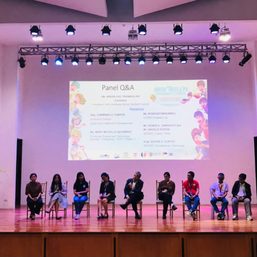
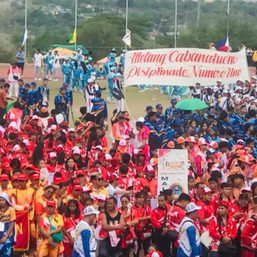
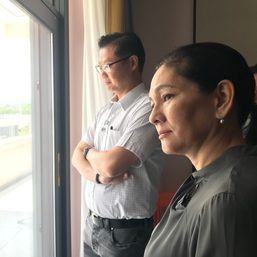
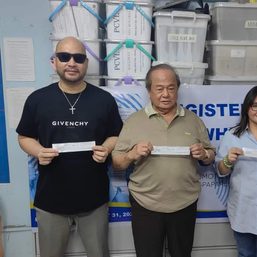
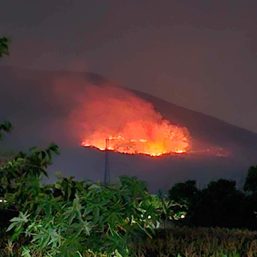
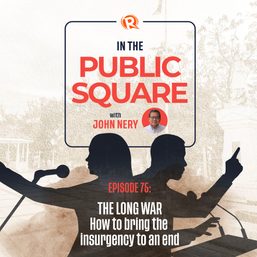
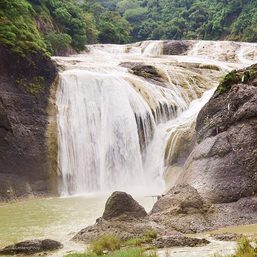
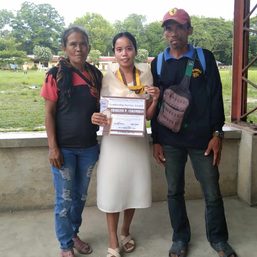
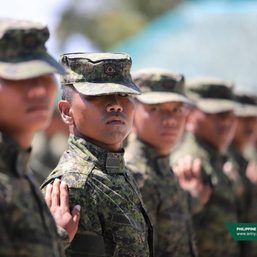

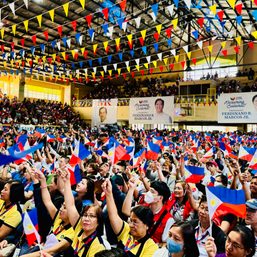
![[EDITORIAL] Ang low-intensity warfare ni Marcos kung saan attack dog na ang First Lady](https://www.rappler.com/tachyon/2024/04/animated-liza-marcos-sara-duterte-feud-carousel.jpg?resize=257%2C257&crop=294px%2C0px%2C720px%2C720px)
![[Free to disagree] How to be a cult leader or a demagogue president](https://www.rappler.com/tachyon/2024/04/TL-free-to-disagree.jpg?resize=257%2C257&crop_strategy=attention)
![[OPINION] Can Marcos survive a voters’ revolt in 2025?](https://www.rappler.com/tachyon/2024/04/tl-voters-revolt-04042024.jpg?resize=257%2C257&crop=251px%2C0px%2C720px%2C720px)
![[Edgewise] Quo vadis, Quiboloy?](https://www.rappler.com/tachyon/2024/03/quo-vadis-quiboloy-march-21-2024.jpg?resize=257%2C257&crop_strategy=attention)
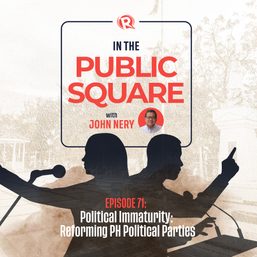
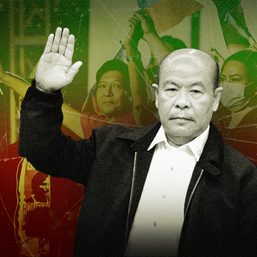
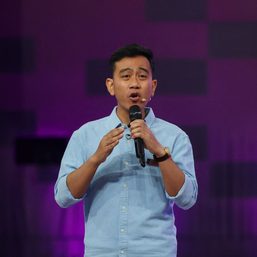
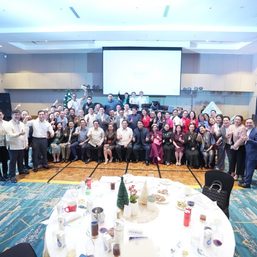
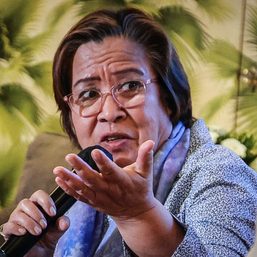
There are no comments yet. Add your comment to start the conversation.